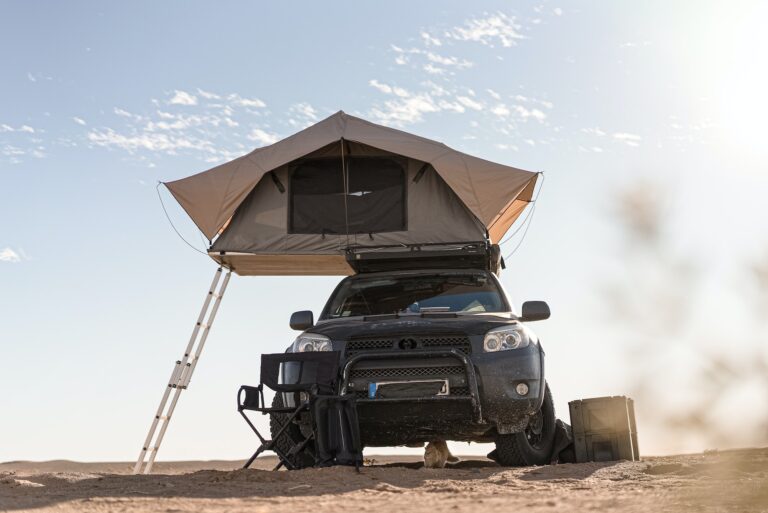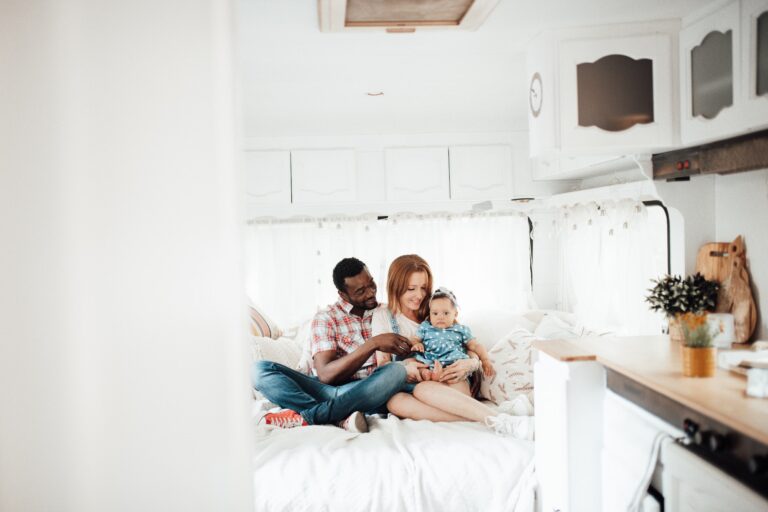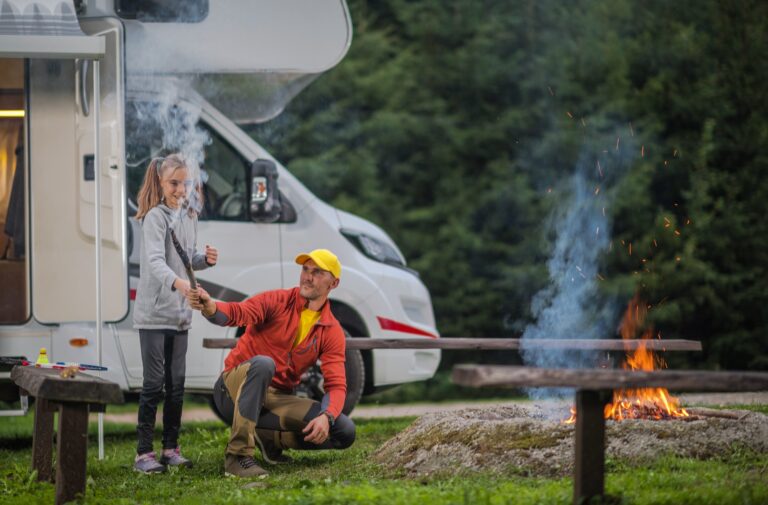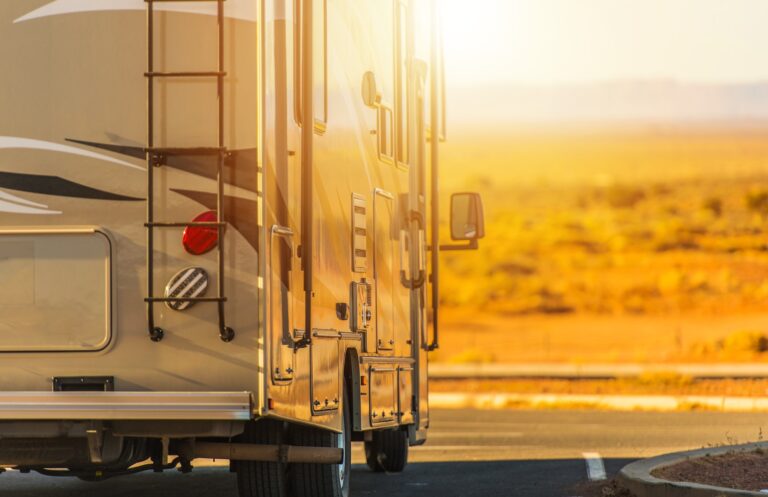For new RVers, managing power consumption in your motorhome can feel like a daunting task. The fear of running out of power in the middle of a beautiful but remote campground can make anyone nervous. However, understanding power consumption and knowing how to manage it can help ensure you always have the energy you need. This comprehensive guide will help beginners learn how to manage power consumption in an RV effectively.
Understanding Your RV’s Power System
Before we delve into managing power consumption, it’s crucial to understand the basics of your RV’s power system. Most RVs have two electrical systems: a 12-volt DC system and a 120-volt AC system.
- The 12-volt DC system is powered by your RV’s battery and runs your essential devices like the lights, water pump, and furnace fan.
- The 120-volt AC system is the same as the power in a regular home and is used for high-power appliances like the air conditioner, microwave, and power outlets. This system is powered when you’re plugged into a campground power source or when you’re running a generator.
Knowing these systems and the appliances they power is the first step in managing your RV’s power consumption.
How to Manage Power Consumption in Your RV
Managing power consumption in your RV involves understanding how much power you have, how much power your appliances use, and then making choices to ensure you don’t run out. Here are some key steps:
1. Know Your Power Availability
The first step in managing power consumption is to understand how much power you have available.
- Battery Capacity: If you’re relying on your RV’s battery for power (also known as boondocking or dry camping), you need to know the battery’s capacity, usually measured in amp-hours. This tells you how much power you have available before the battery needs to be recharged.
- Generator/Power Hookup: If you’re using a generator or hooked up to a power source at a campground, you’ll typically have more power available. However, you still need to know the limit of your generator or the campground’s power supply to ensure you don’t overload the system.
2. Understand Your Appliances’ Power Usage
Different appliances and devices in your RV will use different amounts of power. It’s essential to know how much power each appliance uses so you can plan accordingly. Here’s how:
- Check Appliance Ratings: Most appliances will have a power rating, usually given in watts (for AC appliances) or amps (for DC appliances). This tells you how much power the appliance uses per hour of operation.
- Calculate Total Usage: By multiplying the power rating by the number of hours you use the appliance, you can calculate how much power you’ll need for each appliance each day.
3. Prioritize Your Power Usage
Once you know how much power you have and how much each appliance uses, you can start making choices about your power usage.
- Essential vs. Non-Essential Appliances: Some appliances are essential for your comfort and safety, like the refrigerator and furnace fan. Others, like the TV or microwave, might be considered non-essential. Prioritizing essential appliances ensures you’ll always have power for the things you need most.
- Conservation Strategies: For non-essential appliances, consider ways you can use them less or more efficiently. For example, you might decide to use a campfire or grill for cooking instead of the microwave or stove.
4. Monitor Your Power Usage
Keeping an eye on your power usage can help ensure you don’t run out unexpectedly.
- Battery Monitor: A battery monitor can tell you how much power you’ve used and how much you have left. This is especially important when boondocking.
- Regular Checks: Even if you’re hooked up to a power source or running a generator, regular checks can help you avoid overloading the system or running your generator longer than necessary.
5. Have a Backup Plan
Despite your best efforts, there may be times when you use more power than expected or run into other issues. Having a backup plan can save the day.
- Extra Power Source: Carrying an extra power source, like a portable generator or solar panel, can provide an extra boost when needed.
- Emergency Supplies: Having basic emergency supplies like flashlights, extra blankets, and a manual can opener can help if you do run out of power.
Tips to Reduce Power Consumption in Your RV
Now that we’ve covered the basics of managing power consumption, here are some practical tips to reduce power usage in your RV:
- Switch to LED Lights: LED lights use significantly less power than traditional incandescent bulbs. Making the switch can save a considerable amount of power.
- Unplug Devices: Many devices use power even when they’re turned off. Unplugging devices when they’re not in use can help save power.
- Use EnergyEfficient Appliances: If possible, choose energy-efficient appliances for your RV. These devices are designed to use less power, helping you conserve energy.
- Use Natural Ventilation: Instead of using the air conditioner, open windows to use natural ventilation whenever possible. If privacy is a concern, consider installing window vents or vent fans.
- Solar Power: Consider installing solar panels on your RV. They can provide a sustainable source of power, especially useful for boondocking.
Conclusion
Mastering power management in your RV might seem overwhelming at first, but with a bit of knowledge and planning, it can be quite manageable. By understanding your power systems, knowing your appliances’ power usage, prioritizing your power usage, monitoring your consumption, and having a backup plan, you can ensure you always have the power you need.
Remember, every RVer’s power consumption will look different based on their unique needs and habits. It might take a bit of trial and error to figure out what works best for you. But with these steps and tips, you’ll be well on your way to becoming a power management pro.
Lastly, never underestimate the value of conserving power. Not only does it ensure you have enough power for your needs, but it’s also a great way to reduce your impact on the environment. So why wait? Start implementing these strategies today and enjoy the peace of mind that comes with knowing you’re effectively managing your RV’s power consumption. Happy RVing!






